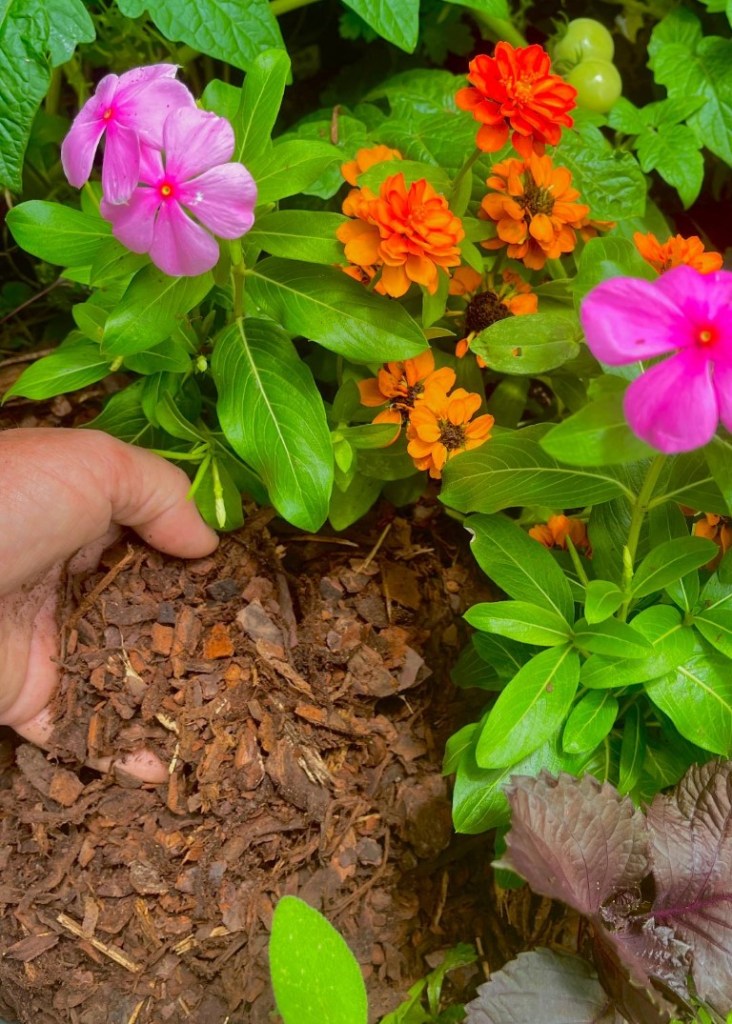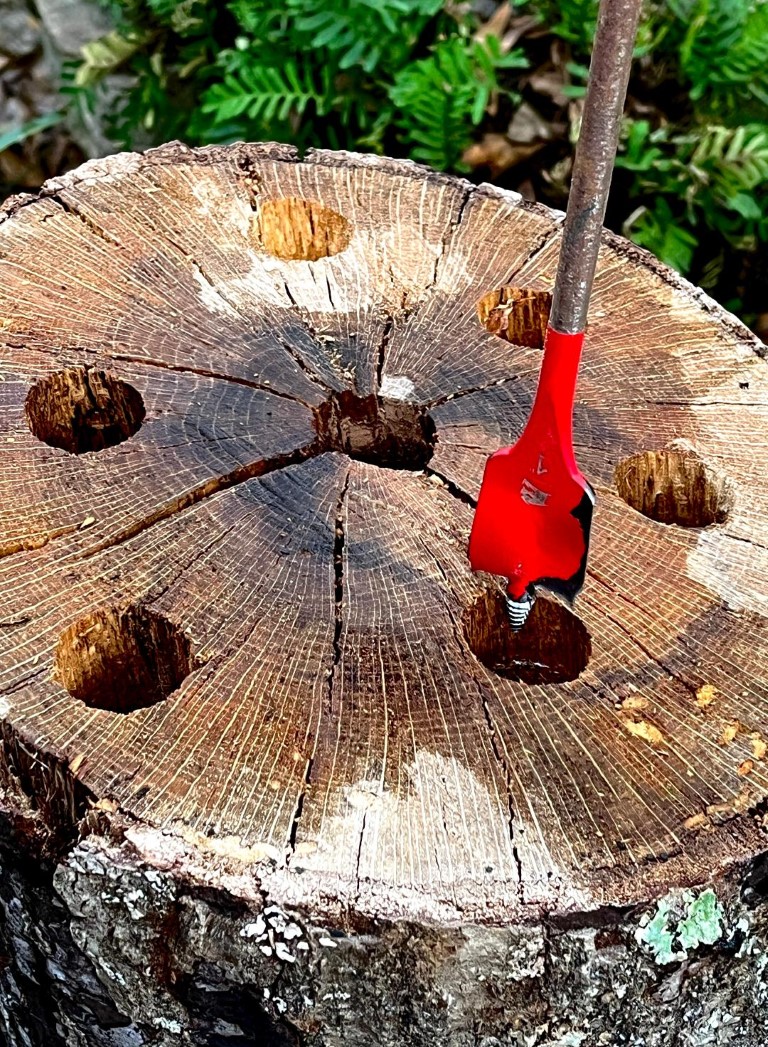Mundane things make a big difference in your garden
Published 2:03 pm Wednesday, May 29, 2024
By Felder Rushing
Garden Columnist
Funny how little mundane things can make a big difference in the garden.
Trending
Gardeners faithfully, doggedly, hew to a handful of simple chores, done over and over because they are important for success. Most are simple and straightforward, even with myriad variations and approaches, but they are taken for granted and mind-numbingly dull for most old hands to talk about.
Note that I’m writing about repetitive actions, not one-off tasks that set the garden up in the first place, like choosing a good potting soil or digging wide holes in the dirt, loosening roots of stuff being planted, choosing plants for sun or shade, fencing out deer, and planting seasonal flowers, vegetables, and herbs every spring and fall.
This is about one of the most humdrum of all the regularly done chores of maintaining a garden, same category as watering, mowing, pruning, weeding, composting, fertilizing and pest control. Each has its various approaches and even philosophies, each worth polite discussions that can lead to heated arguments.
My chore? I asked my military officer son, Ira, who is deployed overseas until Fall, what I can do to help his yard look good for his wife and neighbors til he gets back home. I’ve already weeded and pruned a bit and had a precious opportunity to build and plant a little fenced flower garden for his three-year-old daughter. But all he asked for was for me to mulch his front flower bed.
That’s right, just mulch. A simple blanket of bark to cover the soil a bit. Which I am okay with because I mulch everything, including potted plants. My reasons include how, depending on the material, mulches reduce soil compaction and erosion, keep soil cool and moist in the summer (prevents “wicking” in the sun), protect roots from rapid soil temperature fluctuations in the winter, cut down on weeds that grow from seed, and have a colorful unifying look to keep things looking neat. Plus, my favorite mulches – leaves and bark – gradually break down to feed worms and provides cover for beneficial insects.
Nearly anything will work, as long as it covers the soil and allows air and water to penetrate. Common materials include leaves, bark, shredded wood, hay, and pine needles, all which gradually break down and improve the soil; and inorganic gravel, chipped limestone or slate, stones, and rubber mulch shaped like bark, which work physically but do nothing to help the soil. I have even used mardi gras beads, pecan hulls, pinecones, and pulled weeds.
Trending
Some folks simply use a “dust mulch” by lightly working up the soil around plants with a hoe, not deep enough to damage plant roots. This works but has to be repeated after every rain.
By the way, I never use plastic sheeting or weed barrier fabric, except under my chipped slate walkways. It reduces water penetration, prevents all-important worm activity, and almost always ends up troublesome. And in the long run weeds usually grow right through it.
Regardless of what I go with, my rule of thumb for how much to use is “just enough to completely cover the soil surface, and that much more to allow for settling.” Takes an inch or two of bark, versus three or four inches of pine straw.
So, this past week my partner and I, in preparation for our summer in England, spent an hour or so weeding and mulching in both our and my son’s garden. The bark will reduce weeds, feed the soil-building worms, and make the gardens look good.
So, “Yes sir, Major Ira!” Anything for you and your neighbors.
Felder Rushing is a Mississippi author, columnist, and host of the “Gestalt Gardener” on MPB Think Radio. Email gardening questions to rushingfelder@yahoo.com.






